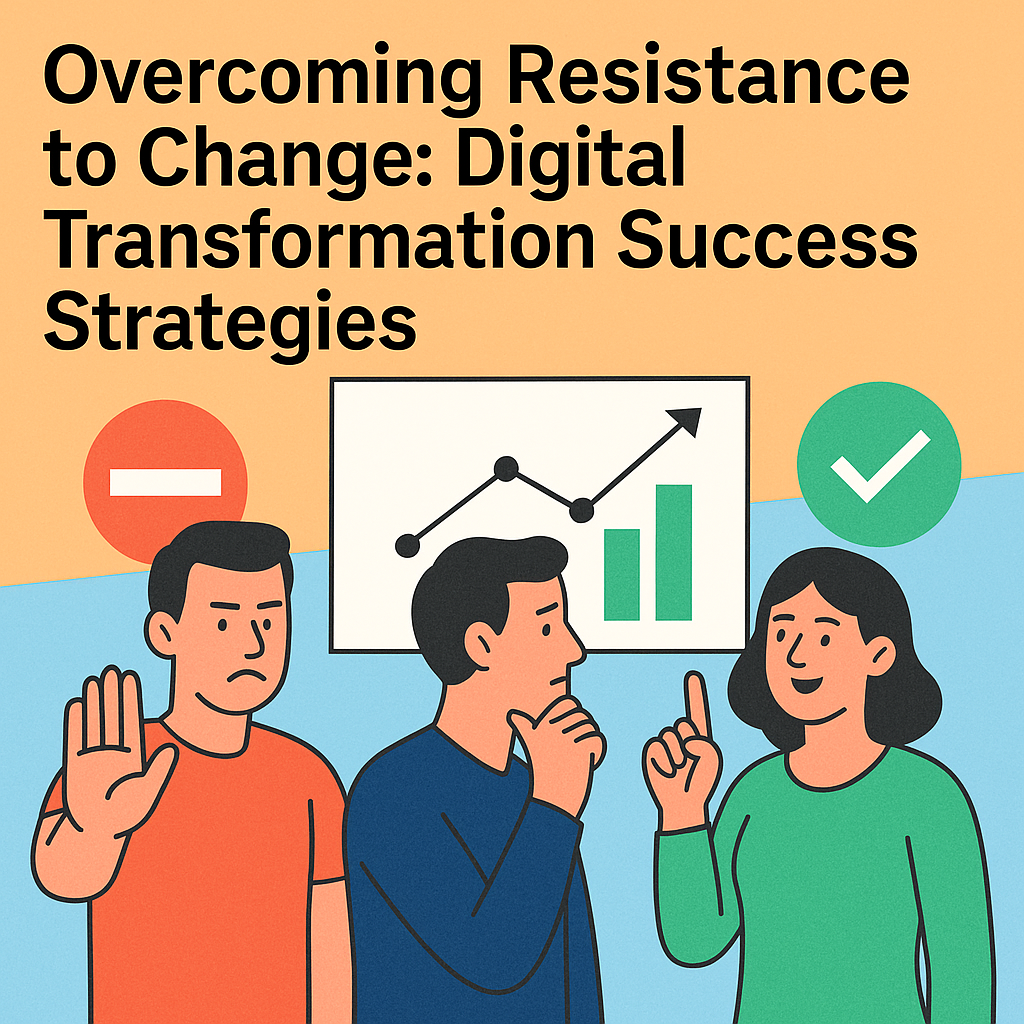The Right App For Your Business Can Save You Time and Money
We live in times where a quick web search would have you believe there’s an app solution for any problem … and there is - you can buy off the shelf options for pretty much every issue. However, most of these apps only deal with a single issue – what do you do if you have more than one problem that needs fixing? Or if you need multiple functions in a single piece of software to suit how your business works? Increasingly people are coming to the realisation that it’s the right app that is the real key to success; one that does it all. So how do you make sure you get the right app, and what does that even really mean?
What’s the Problem?
Most off the shelf software tools tackle the biggest and most obvious challenges which on the face of it sounds great, but they’re designed to suit basic requirements without any consideration to the complexities of individual businesses.
Take booking platforms as an example. There are loads of different versions out there but what you see is what you get; you need to change the way your business works around the app which can mean huge shifts in process and procedure. Similarly, the way you book meetings or appointments for your business can be totally unique to you, so you need solutions that suit you exactly. When you adopt new software, you should always be confident that it’s going to improve your situation, not hinder it.
Business is fast moving in the current world. You need to be adaptable and ready to make changes quickly. Off the shelf apps can seem like a great solution, but you are very much beholden to the updates the developer pushes out. This means that software which initially feels revolutionary can rapidly start to become a huge limitation to growth … nobody wants to watch on as their competitors move forward while they stagnate thanks to crucial software they’ve become wedded to.
These problems can lead to real time sink and hidden costs. You need your business to fully embrace the software, but that can be hard if it doesn’t suit the processes you’ve had in place for years. For example, if you buy ticketing software that does 75% of the tasks you want it to, what happens to the remaining 25%? Either it gets forgotten and becomes a massive issue further down the line, or you’re asking your team to have 2 procedures… one for the app, one for the rest. This inevitably causes confusion and time wastage.
While off the shelf solutions can initially seem considerably cheaper, actual return on investment calculations often show an entirely different story. Many software solutions are incredibly feature heavy, but they’ll be bells and whistles which you don’t really need yet are still paying for. However, as we’ve already discussed, because it’s not software built exactly to your requirements there’s likely to be gaps that need to be filled … this means you’ll be forking out more for solutions and secondary software that often doesn’t integrate with the original piece you bought.
These factors are huge drivers of the recent and ongoing shift to custom software.
Custom App Development
We’re seeing a huge increase in businesses turning to us for custom software and apps developed to eliminate time sinks and unexpected, increased costs.
We build apps from the ground up, specifically designed to meet the needs of our clients, not the needs of the masses. We work together to ensure that all the issues are being tackled by what we create; even more importantly we always build apps that can grow as our clients do. It’s rare that version one of any software is the version that will still be in use five years later … apps should evolve regularly so they suit the business at that point. If you don’t expect your business to stay stuck in in time, then you certainly shouldn’t accept it from your software. Technology should always support your business in whichever way you need it.
We understand costs too. We work with you to make sure that you’re not paying for redundant features and that all the integrations you need are built in from the very start. Our goal is to make sure that the app we build becomes ‘your app’, exactly what you want it to be. Our software development puts your business at the front of all considerations – at the end of the day nobody knows your business like you do so we’ll involve you every step of the way. Custom apps often end up being much more cost effective than the alternatives in the long run. The ability to include all the elements you want combined with monthly maintenance packages means you always have clear visibility of the real cost.
By providing organisations with exactly what they want, exactly what they need, and exactly what they expect, we’re helping our clients to save time, money, and resource – get in touch with us to have a chat about how a custom app can help grow your business!








